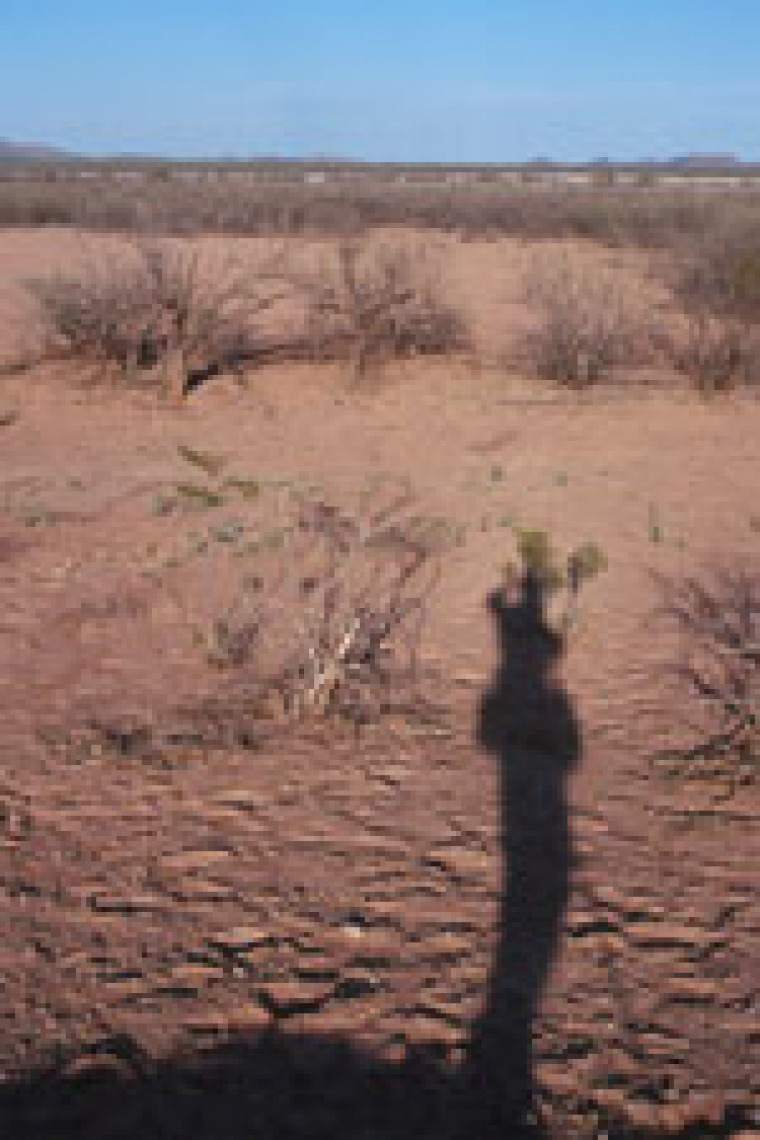Kathryn Mauz

Kathryn Mauz, co-sponsored by the University of Arizona Arid Lands Resource Sciences and Arizona Remote Sensing Center.
I am working with the Conservation Science and Education departments at the Arizona-Sonora Desert Museum in conjunction with the Migratory Pollinators campaign. The Museum's research is documenting the natural histories for four target migratory pollinator species – lesser long-nosed bat, rufous hummingbird, white-winged dove, and monarch butterfly. Their efforts are steering education and policy aimed at protecting these creatures and, importantly, their habitats both in Mexico and in the United States. I am using satellite remote sensing data to analyze spatial and temporal aspects of habitat and habitat change relating to these species. My outreach project will contribute the results of this research to the Museum's science team, and I will develop imagery-based displays to accompany pollinator exhibits at the Museum and printed materials for distribution through the campaign. Updates, results, activities, and related links will appear here: http://arsc.arid.arizona.edu/migratory/.
Fall 2002 Update
In the first year, I met with each of the three principal investigators on the Migratory Pollinators campaign to discuss their research and potential ways that remote sensing might be incorporated to elucidate or to illustrate spatial aspects of their questions. I have also met with the project's outreach coordinator and the project's director several times to discuss ways that remote sensing imagery can become part of the project's public outreach efforts. At the same time, I have worked on collecting imagery and GIS data for the area of the migratory corridor - a process which has been both frustrating and eye-opening: that digital data, which seems so ubiquitous here in the US and particularly at the UA, is not so in and for Mexico. Continued exploration of the migratory pollinator theme has led to collaborations with scientists in the US and Mexico who have conducted related field work and are willing to share their data. I have developed a small web site that introduces four themes - vegetation dynamics, the fire cycle, land cover change, and climate variability - and the ways in which remote sensing data can contribute to understanding these processes as they relate to migratory pollinators. Results of analyses and collaborations that have grown out of this outreach project will be posted as links from these pages, and in the coming year I will pursue options with the Museum for disseminating these results to other audiences.

